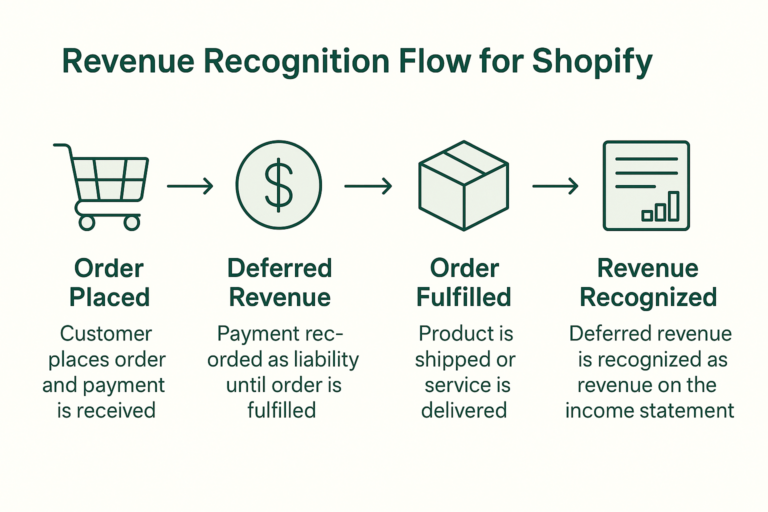February 15 is always a hectic time for accountants and business owners alike. Tax deadlines are looming, and there’s a lot of work to be done to get your books in order. If you’re feeling overwhelmed, don’t worry, you’re not alone. We’re here to help.
Tips for how to survive the hardest close of the year
It’s here- time to finalize your 2021 financials so that clients can file their annual taxes. It has been a long year with all sorts of changes from COVID, PPP guidelines, and even brand new tax rules to research and implement. The end result? Every accounting department and business owner knows that this will be a tough month.
Alas, January 30th comes around fast and you’ve got some big decisions to make about how to handle month-end close for January 2022 and for your 2021 year-end close. It seems our clients are as busy as we are – it’s the beginning of the year and there is a rush to get everything in order to start the new year off on the right foot. Some clients are seeing a decline in sales while others are hitting record highs.
So, what is the best way to approach working with clients during this race to the finish line?
- Make a plan and reflect
- Delegate and automate where possible
- Stay organized and update your processes
- Keep a positive attitude
Make a plan and reflect
One of the best ways to start any new year is by reflecting on the previous year and making a plan. What happened during the previous period where things were going well? Why did these successes occur at all? What didn’t work and why? How can your business or department improve? One goal I created for myself, for example, was documenting and standardizing processes which is actually what led me here today – trying out some fresh ideas so we don’t keep repeating ourselves over again throughout the next 12 months.
Delegate and automate where possible
As a first step towards my goal of process standardization, I sat down to do some strategic planning with the whole Client Account Services (CAS) team. At the beginning of a new year, I am sure to schedule regular team meetings and one-on-ones with my staff. After time off in December and early January, many recurring calendar events get canceled and our calendars can look either nearly empty or very messy. I have found that it is crucial to resume a normal schedule as quickly as possible in January to sync as a team as well as on an individual level. This helps my team and I to review and address any issues in real time.
Additionally, in order to be able to write procedures and set up workflows that matter and are useful, I have to know what my team is dealing with. And understand their challenges and successes.
Before handing-off responsibility over specific tasks, reassigning clients, updating task lists, etc. I also look for ways that we can automate our workflows. The reason I include automation and implementation together is because ideally they can be done together. For example, I use Motion to automate my calendar and recurring tasks, and I encourage my staff to populate their calendars (including meetings, deadlines, and task lists) using these automation tools as well. Creating templates, task lists, and other applicable items helps save time and ensure that everyone is on the same page. That way everyone can stay on top of their workload.
Basically, the profit formula goes like this:
- Revenues – Cost of Good Sold = Gross Margin
- Gross Margin – Shipping Expense – Operating Expenses = Profit
Revenues are the sales from your online store, less any discounts and refunds. When you run promotions or deals, make sure that you are not giving away too much and that you still have enough to cover the cost of the product or Cost of Good Sold (COGS).
COGS is what you pay for the products you are selling. These can be costs for you to manufacture the products yourself, cost to have the product manufactured by a third party or cost to buy it at wholesale prices.
“While these digital platforms are a boon for small businesses, they’re creating a logistical logjam for accountants and bookkeepers. Those who remain in the profession now spend most of their days logging into dozens of different systems to download transactions and figure out fees and sales taxes to match bank account deposits,” said Jason Richelson, CEO and Co-founder of Bookkeep. “We’re facing a silent accounting crisis and accountants have historically been voiceless in the industry. The problems we face are entirely solvable through automation.”
Stay organized and update your processes
While everyone has their own methods of organizing their workflows and procedures, this step often gets missed. It may seem easier to just allow people to do everything the way they want to. While automation and technology may help in this area, the key is to find a system that works, is correct, and allows you and your team to get things done and work smarter.
Accounting has not always been automated and historically required manually entering data on a daily/weekly/monthly basis. At this point, habit is the simple reason there are many firms today still using paper and ten-key printing calculators and that have not implemented any new tech since the typewriter. While some hesitancy to rely on tech and apps to run your business is understandable, technology has come such a long way! Businesses and firms can now spend more time analyzing their clients’ business model and monthly sales, COGS, and expenses instead of spending all of their time doing data entry. Automation can help make things go faster and improve efficiency, at which point you will be ready to begin updating processes.
I’ve learned throughout the year that no matter what, this time of year is going to be complicated. We are implementing new standard operating procedures and working on graduating many of our bookkeeping clients to fully using Bookkeep internally. I know that I am not the only one in this boat – juggling clients and having a department to run. I have found in my experience that having a few things in place helps ensure your department or business achieves the outcomes necessary for a successful year-end and month-end-close.
Standardize everything!
Standardizing processes, checklists, and the tech stack you use with clients helps bring stress levels down, ensures the work is getting done in a timely and consistent manner, and allows your team to know what to expect when they work on projects, client work, or new client onboarding. I also find that this strategy saves a ton of time. Your team will be able to work with confidence because you’ve given them all the tools they need, a supportive space to ask questions, and the confidence to complete the work they need to do while armed with the necessary information.
Keep a positive attitude
Last but not least, remember to have a good attitude. Things will go wrong. Clients may need things completed or updated sooner than you expected and there is no way around this reality (unless of course you have a crystal ball and an infinite supply of patience). It can be tough to keep a good attitude when things are so busy, but it is important to remember that we go through this time of year every year, and we are all racing to that finish line. Despite the pressure you may feel to get all of your tasks completed by the deadline, you should still make it a priority to take breaks and get some fresh air, meditate, or engage in some water cooler chat (however that looks in your office or remote environment), and do whatever it takes to keep yourself feeling positive and motivated.
If you are a business or firm owner, or you’re a bookkeeper or accountant, these steps will help you get through the end of the year:
- take some time with your team to reflect on your accomplishments and make a plan for the months ahead in the new year;
- delegate and automate where possible so you can focus on the more important tasks at hand;
- stay organized and update your processes as needed – this will keep you from feeling overwhelmed;
- and finally, keep a positive attitude!
Tax season may be stressful but remember what matters most to you. Take some time to enjoy building team camaraderie, planning, and updating your tech. If you still feel overwhelmed by all that needs to be done before March 15th rolls around, don’t hesitate to reach out for help. We would be more than happy to lend a hand (or two).




